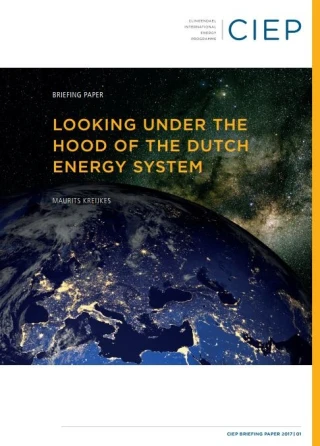
Looking under the Hood of the Dutch Energy System
- Publication:
- CIEP, February 2017
Insight into the Dutch energy system is needed to understand the magnitude of the transition announced in the recent Energieagenda. The functions of various energy flows in the Netherlands are often misunderstood. For decades, the Netherlands has been a net natural gas exporter, while its oil imports and processing industry serves both domestic and international markets. But its role as an energy transit country is underrepresented in most public debate. This role is important for neighbouring countries, which rely on the availability of flows while in transition themselves. Conversely, energy transition in neighbouring countries also impacts the function of the Netherlands as an energy transit country. The Dutch energy-intensive economy is part of a larger energy market structure in Northwest Europe (NWE) and of the global commodity trade. This is distinct from many EU member states, which have more nationally-oriented energy systems with limited cross-border flows. The Netherlands has been a substantial natural gas producer and exporter to other EU member states for many decades. Its coastal location, multiple energy infrastructures, and large refining and petrochemical industry have shaped the country's energy system and the wider economy. It is important to develop a more holistic perspective on current energy production, conversion and consumption in the Netherlands, to better understand what a transition could entail.





